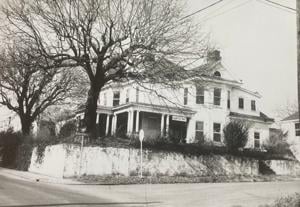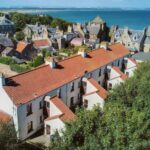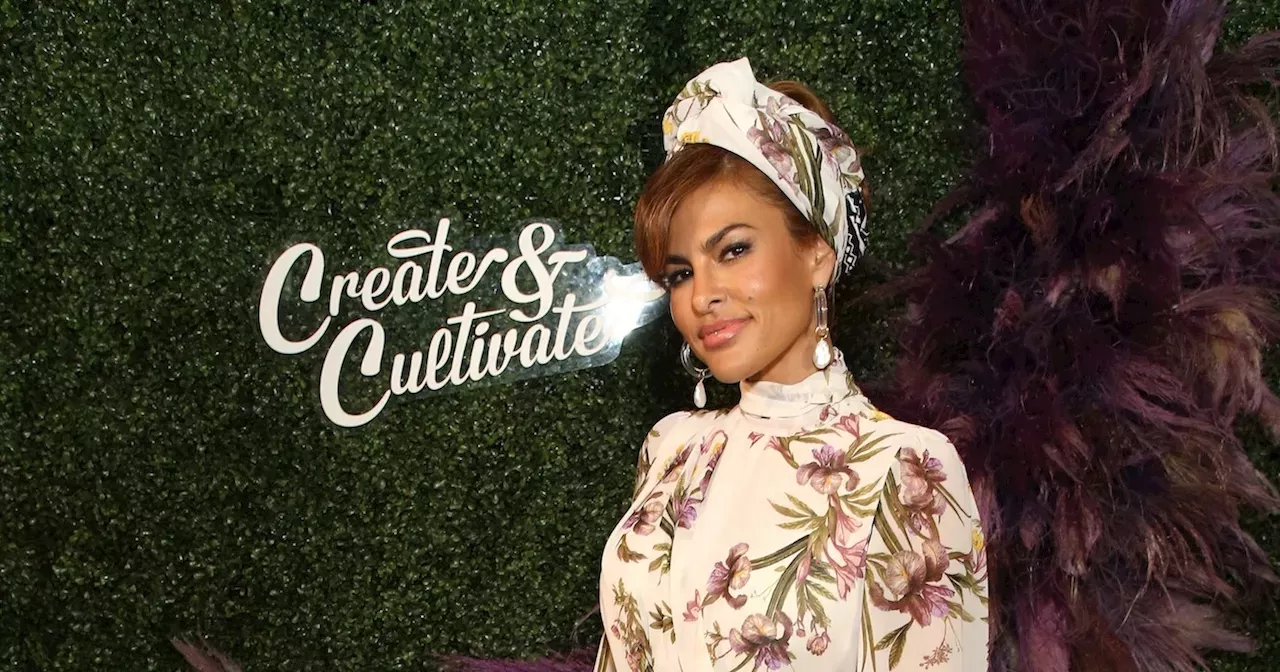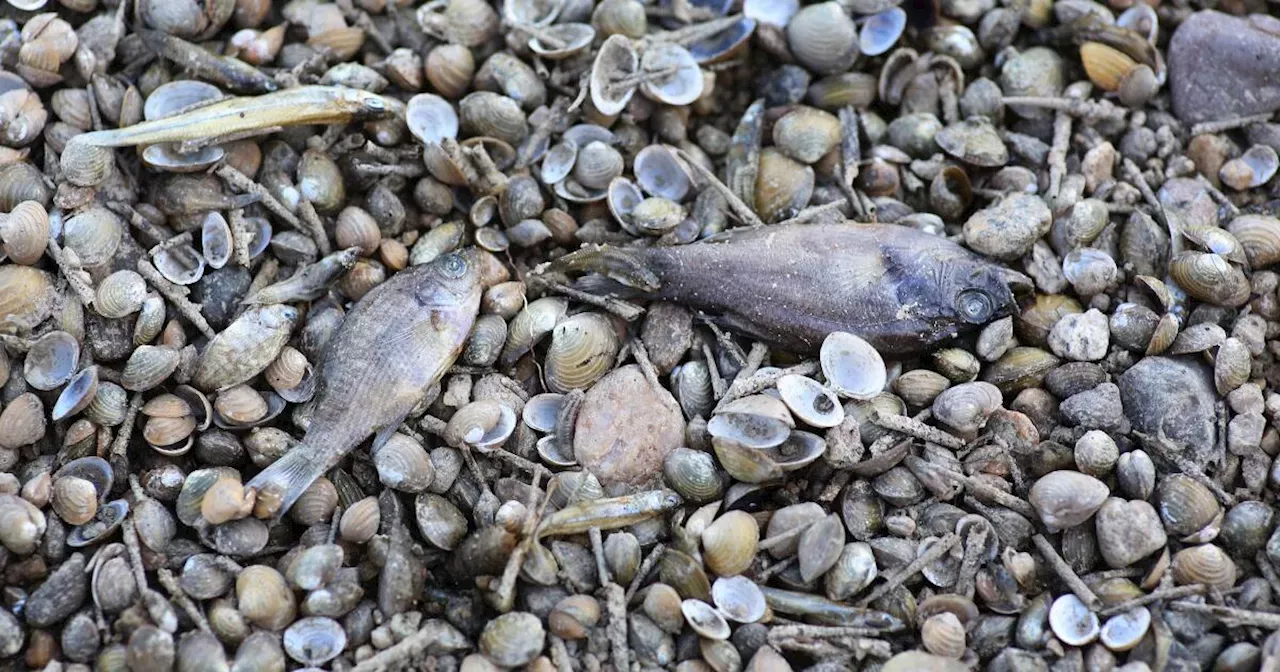A long-gone structure that stood on Charlottesville’s Preston Avenue in Virginia and became a Green Book-era lodging for such luminaries as Louis Armstrong and Thurgood Marshall will soon be commemorated with a state historic marker. At its June meeting, the Virginia Board of Historic Resources approved the text of the plaque to honor what was once the Carver Inn. “Hopefully we can bring some memories with the marker and how important it was,” the marker’s initiator, Edwina St.
Rose, told The Daily Progress. A Charlottesville native and retired administrative judge, St. Rose said that her interest in the Carver Inn began in childhood during the Jim Crow era when her parents would take her there for a cheeseburger and the chance to listen to music in the basement.

“My parents were good friends with the owners, and Mr. McLeod was the chef, and he would let me go downstairs to play the jukebox, and he would give me some quarters.” This 1961 photograph shows the Carver Inn at the corner of Preston Avenue and Albemarle Street in Charlottesville.
That chef was Theodore McLeod, who with business partner Beatrice Bradley Fowlkes eyed the large Victorian house at the corner of Preston Avenue and Albemarle Street in the mid-1940s. As McLeod would later say in a 1971 Daily Progress article, the two Black entrepreneurs saw a for-sale sign that stipulated that bids would be accepted “by caucasians only.” McLeod said that he and Fowlkes paid a lawyer $500 to submit their winning bid.
Back when they opened the 10-room inn in 1947, Black travelers were largely consigned to small guesthouses. The Carver, by contrast, was “the only Negro hotel in Charlottesville,” according to John Hammond Moore in his history of Virginia's Albemarle County. This 1916 photograph looking west along Preston Avenue in Charlottesville shows the house that would become the Carver Inn at right.
The inn would be listed in the Green Book, the segregation-era travel guide to Black-friendly facilities. The lodgings were complemented by the beauty salon that Fowlkes operated there and by the full-service restaurant that McLeod oversaw. “A man could bring his mother, his sister and his sweetheart,” McLeod said.
“We didn’t allow men with their hats on in the dining room.” Documents supporting the state marker’s application show that Marshall, when he was a civil rights lawyer, stayed at the inn at least once. And the man whose 1950 case Marshall successfully argued to integrate the University of Virginia, Gregory Swanson, stayed there, too.
In addition to famed trumpeter and singer Armstrong, other jazz greats who stayed the night included Duke Ellington and Lionel Hampton, all three before concerts at the University of Virginia. This 1957 photograph shows civil rights lawyer-turned-Supreme Court Justice Thurgood Marshall. Marshall stayed in Charlottesville in 1950 while representing Gregory Swanson, a Black man denied admission to the University of Virginia.
“Duke Ellington was a good regular fellow and a great mixer,” said McLeod in the 1971 Daily Progress story. “You’d see more of him than Louis.” In the basement, a social organization called the Utopia Club set up shop.
Local sports teams and other clubs also held events at the inn. “It was such an important place in Charlottesville for African Americans,” said St. Rose.
“It was like a hub for everything.” St. Rose But all over America in the 1960s, the commuting desires of mostly white suburbanites were taking precedence.
In 1967, Charlottesville began moving on a plan to widen Preston Avenue from two to four lanes. That meant that all the structures lining Preston’s north side, including the inn, would be demolished. “It hurts me to see it go down,” McLeod said in 1971.
“It’s something I put my heart in.” Today, much the former front yard and footprint of the Carver Inn is covered by westbound cars jockeying for position from one traffic signal to the next, a stop-and-go highway in the city center. A concrete stairway leads from Preston Avenue to the business that occupies what was once the inn’s backyard, Straight Up Automotive Service, which bears an Albemarle Street address.
“I didn’t understand how we could lose Carver Inn, and I still don’t,” said St. Rose. While several recent plans to remake Preston into a more dynamic urban street have stalled, St.
Rose’s effort to mark what was once one of the city’s liveliest locations seems likely to produce a physical tribute by year’s end. “I think that’s a big step forward,” Eugene Williams, the former NAACP leader who invited Marshall to Charlottesville, told The Daily Progress. “It was first class by anybody’s standards.
” Charlottesville’s preservation planner Jeff Werner said the silver and black plaque, part of Virginia’s historical marker program, could be erected as soon as late autumn where the inn stood, near the concrete stairway beside the Norfolk Southern railroad overpass. 05-28-1985 (cutline): The line at the gate was short for Buckroe Beach Park's last Memorial Day. 03-09-1962 (cutline): Shambles left by high tides in the heart of Buckroe Beach.
05-27-1985: Part of old kiddie park train ride with rollercoaster still remains. 05-28-1985 (cutline): Dick Perry and his children took a rough-and-tumble spin in Dodgem cars. 07-30-1961 (cutline): George C.
(Skid) Abott (foreground) converted the old Gordon's fish packing house anchorage at Buckroe Beach to make a popular sport fishing pier which attracts anglers to the beach for both day and night fishing. Some families make a day of it fishing from the pier for blues, spot, trout, seas bass, small cobia, dog sharks and flounder. 05-27-1985: Buckroe Beach amusement park.
Buckroe Beach postcards from early 1900s. Buckroe Beach postcards from early 1900s. Buckroe Beach is located in Hampton, Virginia, on the Chesapeake Bay.
It is one of Virginia’s oldest recreational spaces. Originating in the 1600s as “Buck Roe” plantation, it was open to the public to use when new settlers arrived from England. In the 1920s, the beach became a popular vacation destination for visitors up and down the East Coast.
Several hotels and an amusement park stretched along the beach. Recreation areas were segregated until after the 1964 Civil Rights Act. By the 1960s, Buckroe Beach lost its popularity, as many beach goers shifted to other areas like Virginia Beach.
Also, there was amusement park competition from the nearby Busch Gardens in Williamsburg. In the early 2000s, investors contributed to a revival for Buckroe Beach. They installed walking paths, pavilions, barbecue grills and a playground into a mile-long boardwalk.
05-28-1985 (cutline): The line at the gate was short for Buckroe Beach Park's last Memorial Day. 03-09-1962 (cutline): Shambles left by high tides in the heart of Buckroe Beach. 05-27-1985: Part of old kiddie park train ride with rollercoaster still remains.
05-28-1985 (cutline): Dick Perry and his children took a rough-and-tumble spin in Dodgem cars. 07-30-1961 (cutline): George C. (Skid) Abott (foreground) converted the old Gordon's fish packing house anchorage at Buckroe Beach to make a popular sport fishing pier which attracts anglers to the beach for both day and night fishing.
Some families make a day of it fishing from the pier for blues, spot, trout, seas bass, small cobia, dog sharks and flounder. 05-27-1985: Buckroe Beach amusement park. Buckroe Beach postcards from early 1900s.
Buckroe Beach postcards from early 1900s. Hawes Spencer (434) 960-9343 [email protected] @HawesSpencer on X Need to get away? Start exploring magnificent places with our weekly travel newsletter.
.



















